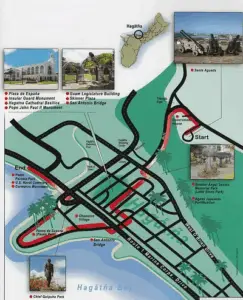
Hagåtña Heritage Walking Trail
In Guam’s capital city of Hagåtña sightseers can take a memorable walk through Guam’s history. The Heritage Walking Trail, developed by the Hagåtña Foundation in

In Guam’s capital city of Hagåtña sightseers can take a memorable walk through Guam’s history. The Heritage Walking Trail, developed by the Hagåtña Foundation in
Located on the northernmost tip of Guam, Ritidian is one of the most spectacular and culturally rich places on island. Formerly a restricted military area,
Tarague is a geographic place name given to the northern littoral of the island of Guam, between Mergagan Point to the west and Tagua Point
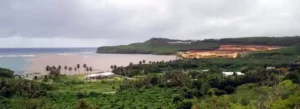
Eastern coastal village. Located on the eastern coast of the island of Guam, Pago is one of the oldest villages that predate Spanish contact with
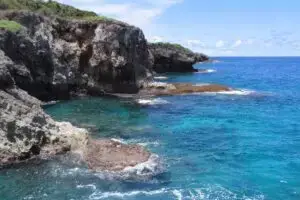
Early northeastern coastal village. One of only four recorded latte sites on the northeastern coast of Guam; Pågat (which means to counsel or advise in

Sumai/Sumay’s history dates before the Spanish colonial period, although not much is known about its pre-contact history. Findings in a cave complex in the old
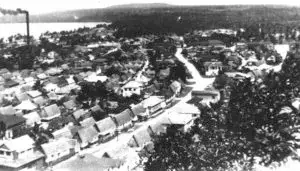
The Jose P. Lujan 1911 house in Hagåtña is listed on both the Guam and National Registers of Historic Sites. With so few prewar homes
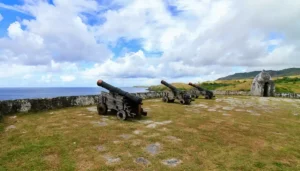
Fort Nuestra Señora de la Soledåd, or Fort Soledad, the last of four Spanish fortifications built in the village of Humåtak/Umatac, is located atop a
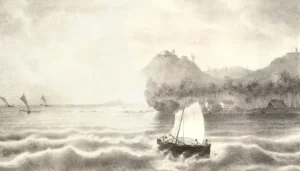
Fort Santo Angel was the second of four Spanish fortifications built in the southern village of Humåtak/Umatac in the midst of the galleon trade era.
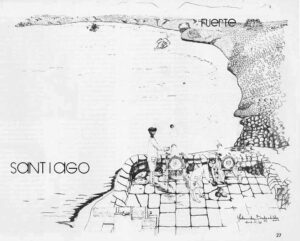
Fort Santiago was the second of three Spanish forts built to defend the anchorage at Apra Harbor. The fort was constructed at the tip of